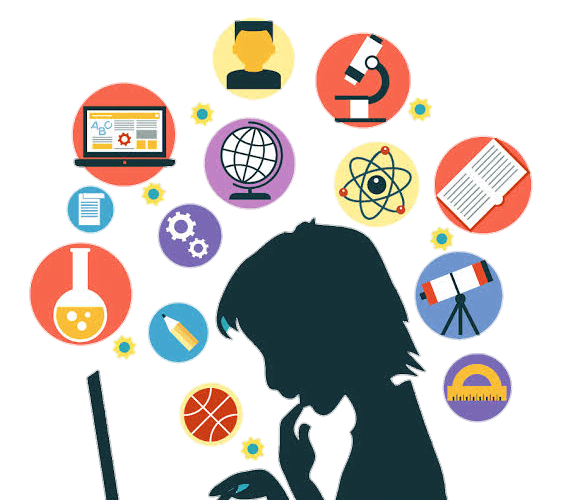What are the Latest Research on Educational Methods and Technologies?
Educational methods and technologies are constantly evolving, and staying up-to-date on the latest research is an important way for educators and policymakers to ensure that they are using evidence-based approaches to support student learning. Some key areas of research in educational methods and technologies include:
- Personalized Learning: Personalized learning involves tailoring instruction to meet the individual needs, interests, and goals of each student. Research has shown that personalized learning can be an effective approach for increasing student engagement and achievement, particularly when it is supported by technology and data-driven decision making.
- Blended Learning: Blended learning involves combining traditional face-to-face instruction with online learning, and can provide students with greater flexibility and access to a wider range of resources and materials. Research on blended learning has shown that it can be an effective approach for increasing student achievement and engagement, particularly when it is well-designed and implemented.
- Online Learning: Online learning involves using the internet and digital technologies to deliver instruction and support student learning. Research on online learning has shown that it can be an effective approach for increasing student access to education and for supporting student achievement, particularly when it is well-designed and implemented.
- Gamification: Gamification involves using game-like elements, such as points, badges, and competitions, to engage and motivate learners. Research on gamification has shown that it can be an effective approach for increasing student engagement and motivation, particularly when it is used in combination with other teaching and learning strategies.
- Artificial Intelligence and Machine Learning: Artificial intelligence and machine learning technologies have the potential to transform education by providing personalized feedback and recommendations, automating certain tasks, and supporting data-driven decision making. However, it’s important to ensure that these technologies are used ethically and responsibly, and to consider the potential impacts on student privacy and equity.
- Virtual reality and augmented reality: Virtual reality and augmented reality technologies have the potential to create immersive and interactive learning experiences that can engage and motivate students. Research on the use of these technologies in education has shown mixed results, and more research is needed to understand their potential impacts on student learning and engagement.
- Neuromyths: Neuromyths are false or unsupported beliefs about the brain and learning that can influence educational practices and policies. It’s important to be aware of common neuromyths and to base teaching and learning strategies on sound scientific evidence.
By staying up-to-date on the latest research in educational methods and technologies, educators and policymakers can make informed decisions about how to support student learning and achieve their goals. It’s important to remember that research on educational methods and technologies is ongoing and that new findings may emerge over time, and to be open to adapting and adjusting strategies based on the needs and goals of individual students and the larger learning community.

